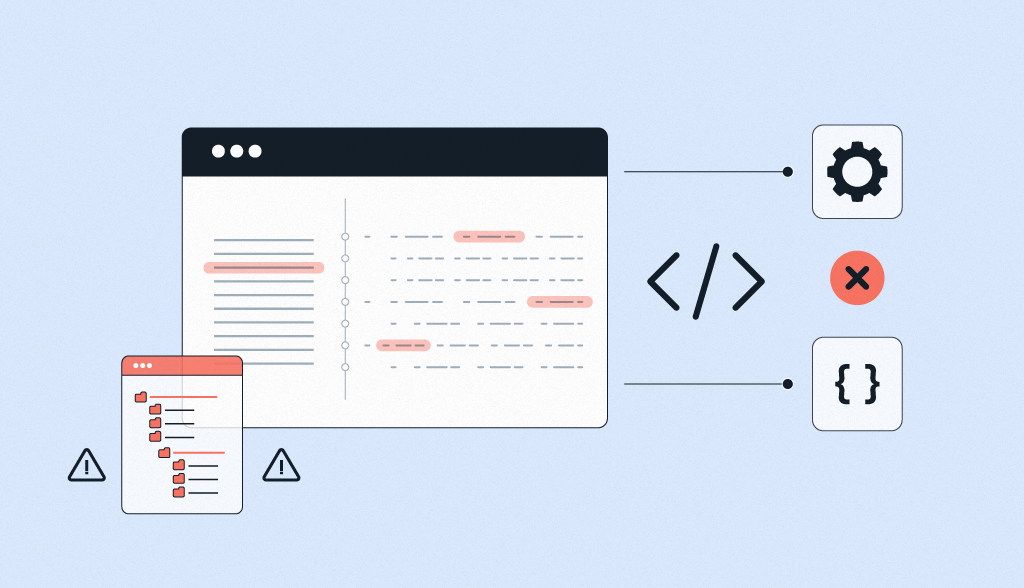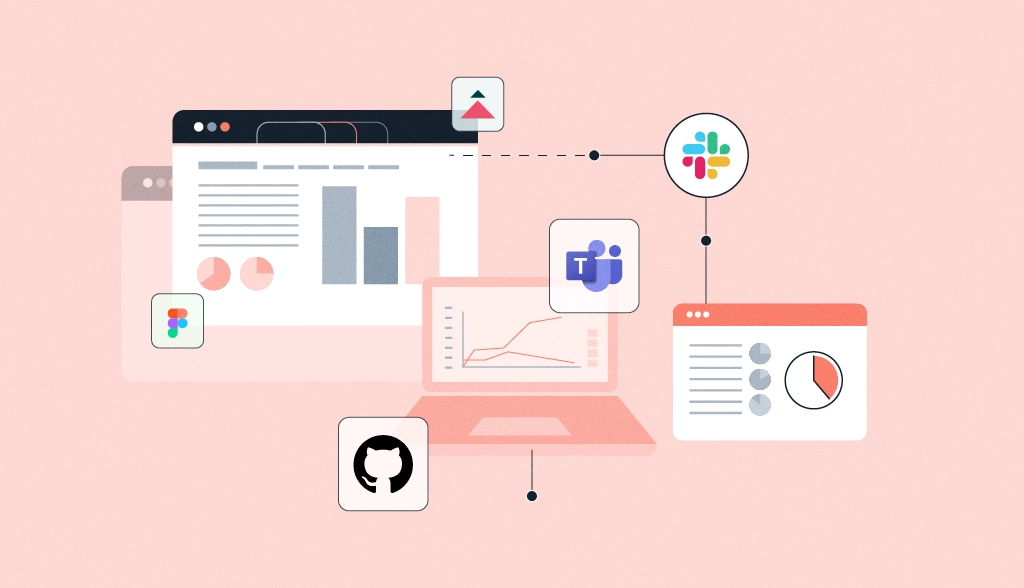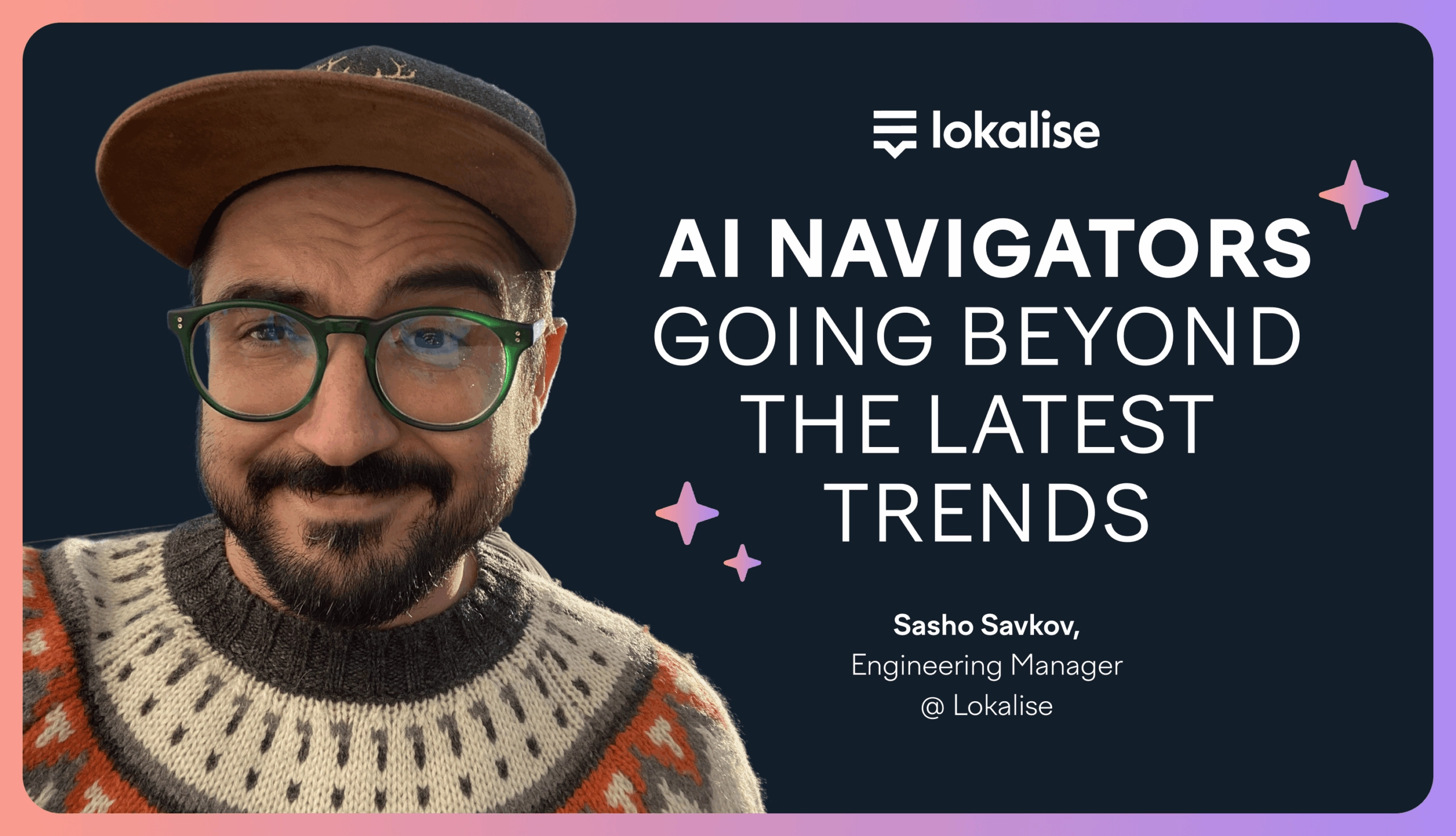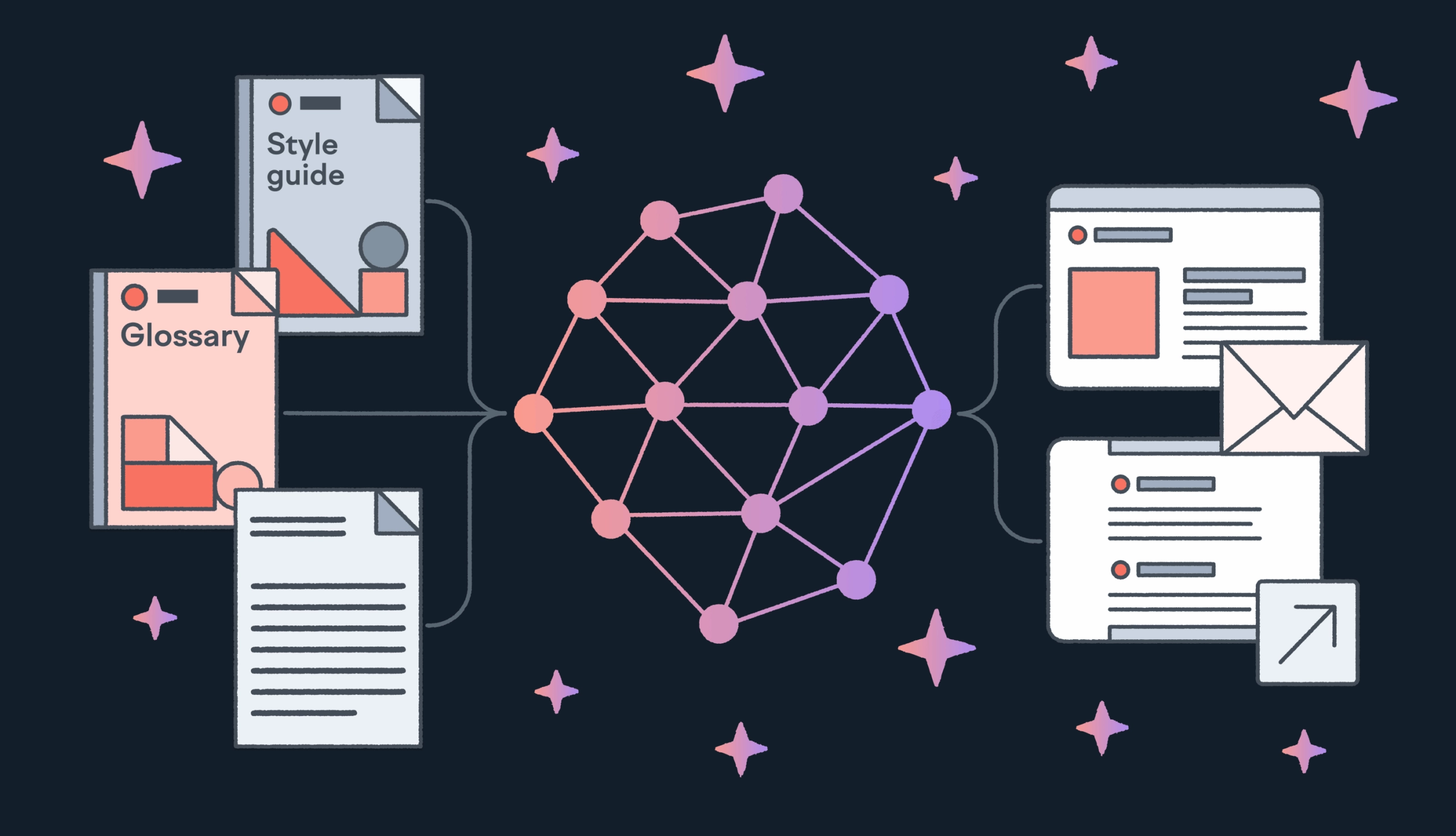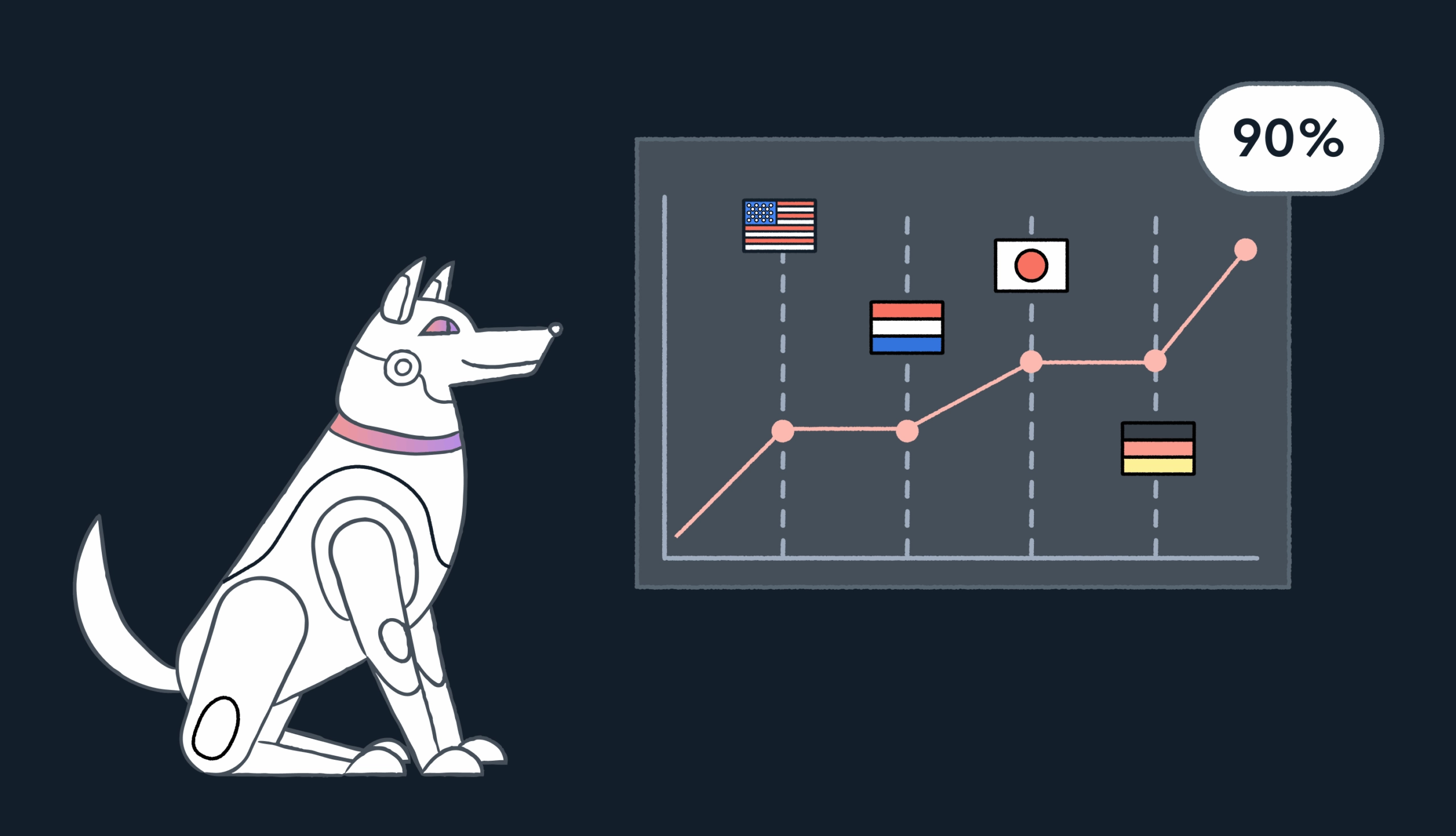Stolen Evenings: The True Cost of Business Demands on Our Families
At Lokalise, we wanted to explore a question that resonates with nearly every modern professional: How much personal time are we sacrificing because of inefficient workflows? We also wondered how much people could get back by using AI-powered tools at work. To find out, we surveyed 1,001 full-time employees working in highly technical roles across the U.S. and Europe. From developers and data scientists to product managers and designers, respondents shared candid insights about their wo
Updated on November 26, 2025·Brittany Wolfe The Developer Delay Report: How Much Time US Dev Teams Lose to Tech Frustrations
Developer productivity is often measured by lines of code, sprint velocity, or shipped features. But what about the hidden costs, like tool outages, workflow glitches, and time spent as unofficial IT support? To uncover the true impact of these disruptions, Lokalise surveyed 500 U.S. developers and analyzed search trends across all 50 states. Learn just how much valuable time teams are losing, and why it matters for anyone building digital products. Key takeawaysDevelopers
Updated on October 2, 2025·Brittany Wolfe Too Many Tools, Too Little Time: How Context Switching Is Killing Team Flow
Modern teams rely on digital tools to get work done, but when the tech stack grows too large, productivity starts to slip. To better understand how tool overload affects knowledge workers, Lokalise surveyed 1,000 U.S. white-collar professionals across 11 industries whose jobs rely on digital tools. The results reveal just how much context switching, notifications, and redundant platforms cost teams in time, focus, and well-being. Key takeaways
Updated on September 16, 2025·Brittany Wolfe Season 1, Episode 2: AI amnesia, health tech, and why humans are hard to emulate
In this episode of AI Navigators, we sit down with Sasho Savkov, Engineering Manager for the AI/ML team at Lokalise. With a PhD in clinical information extraction and nearly a decade building healthcare solutions, Sasho brings a unique perspective on what’s actually working versus what’s just noise. He challenges one of the biggest assumptions in AI today: that current single-shot learning approaches will lead us to human-level intelligence. His insights rev
Updated on September 9, 2025·Rachel Wolff RAG vs the buzz: How Retrieval-Augmented Generation is quietly disrupting AI
As a Product Manager leading AI innovations at Lokalise, I’ve been closely following the latest AI news and filtering out the noise that inevitably comes with a revolutionary tech boom. AI has moved incredibly fast since ChatGPT exploded into the mainstream in late 2022, what I like to call ‘the GPT moment’. We’ve seen major model releases roughly every few months, from GPT-3.5 through GPT-4, GPT-4o, and most recently GPT-5 with its integrated reasoning capabilities launched in Au
Updated on September 12, 2025·Adam Soltys AI translation quality achieves human parity: Is this the end of language barriers?
To paraphrase Captain Kirk, AI has boldly gone where no machine has gone before: it has finally reached human-level translation quality. But this doesn’t mean we’re done with AI translation. Far from it. We’re only just getting started, and the possibilities are both endless and exciting. After decades of clunky, error-prone, and literal-sounding machine translation, we’ve reached a pivotal moment where automated translation matches human quality. When fed t
Updated on August 13, 2025·Rachel Wolff Season 1, Episode 1: A product leader’s guide to going beyond the AI hype to find what actually works
In this episode of AI Navigators, we sit down with Adam Soltys, Senior Product Lead for the AI Translations Domain at Lokalise, to explore what’s actually driving AI success in enterprise applications today. With every company claiming to be ‘AI-powered’, how do you cut through the noise? Adam reveals what’s actually working: while everyone’s talking about AI agents, the real impact is coming from an ‘old school’ technology that’s quietly delivering extraordinary result
Updated on August 12, 2025·Rachel Wolff Transcreation vs Localization: Which Approach is Right for You
When Coca-Cola launched its famous “Share a Coke” campaign in China, it tanked. Since most Chinese consumers don’t go by just one name, the idea of printing common first names on bottles didn’t work well. So, the brand adapted this campaign to print social labels like “Comedian” and “Fashionista.”
Updated on July 18, 2025·Shreelekha Singh 
